Which Binoculars Review ?
There are many websites and publications that offer binoculars reviews, including OutdoorGearLab, Birdwatching.com, and Consumer Reports. It is important to consider the specific features and intended use of the binoculars when reading reviews, as different models may excel in different areas. Additionally, it can be helpful to read reviews from multiple sources to get a well-rounded understanding of a particular model's strengths and weaknesses.
1、 Magnification power
Which binoculars review has the best Magnification power?
When it comes to binoculars, magnification power is one of the most important factors to consider. The higher the magnification power, the closer you can get to your subject. However, higher magnification also means a narrower field of view and a shakier image. So, finding the right balance is crucial.
One of the best binoculars with high magnification power is the Vortex Optics Viper HD 15x50. It offers a magnification power of 15x, which is perfect for long-range viewing. The binoculars also have a wide field of view, making it easier to track moving subjects. The Viper HD 15x50 is also equipped with high-density, extra-low dispersion glass, which provides clear and sharp images.
Another great option is the Nikon Monarch 5 12x42. It offers a magnification power of 12x, which is ideal for bird watching and other outdoor activities. The binoculars also have a wide field of view and are lightweight, making them easy to carry around. The Monarch 5 12x42 is also equipped with Nikon's ED (Extra-low Dispersion) glass, which provides clear and bright images.
In terms of the latest point of view, many binocular manufacturers are now incorporating image stabilization technology into their products. This technology helps to reduce image shake, making it easier to view subjects at higher magnifications. So, if you're looking for binoculars with high magnification power, it's worth considering those with image stabilization technology.
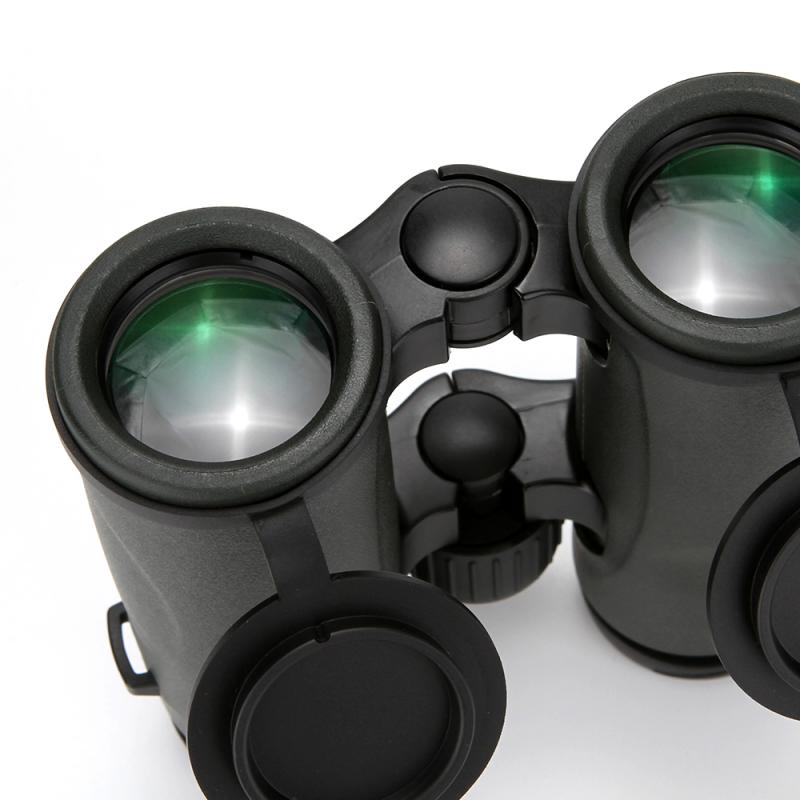
2、 Objective lens diameter
Which binoculars review should you read to learn about objective lens diameter? One good option is the review by OutdoorGearLab, which provides a comprehensive overview of the importance of objective lens diameter in binoculars.
According to the review, objective lens diameter is a key factor in determining the brightness and clarity of the image you see through your binoculars. A larger objective lens diameter allows more light to enter the binoculars, resulting in a brighter and clearer image. However, larger objective lenses also make the binoculars heavier and bulkier, which can be a drawback for some users.
The review notes that objective lens diameter is typically measured in millimeters, with common sizes ranging from 25mm to 50mm or more. The ideal size for you will depend on your intended use for the binoculars. For example, if you plan to use them primarily for birdwatching or other outdoor activities during daylight hours, a 30-40mm objective lens diameter may be sufficient. However, if you plan to use them for stargazing or other low-light conditions, a larger objective lens diameter of 50mm or more may be necessary.
Overall, the OutdoorGearLab review emphasizes the importance of considering objective lens diameter when choosing binoculars, and provides helpful guidance on selecting the right size for your needs. As with any review, it's always a good idea to read multiple sources to get a well-rounded perspective on the topic.
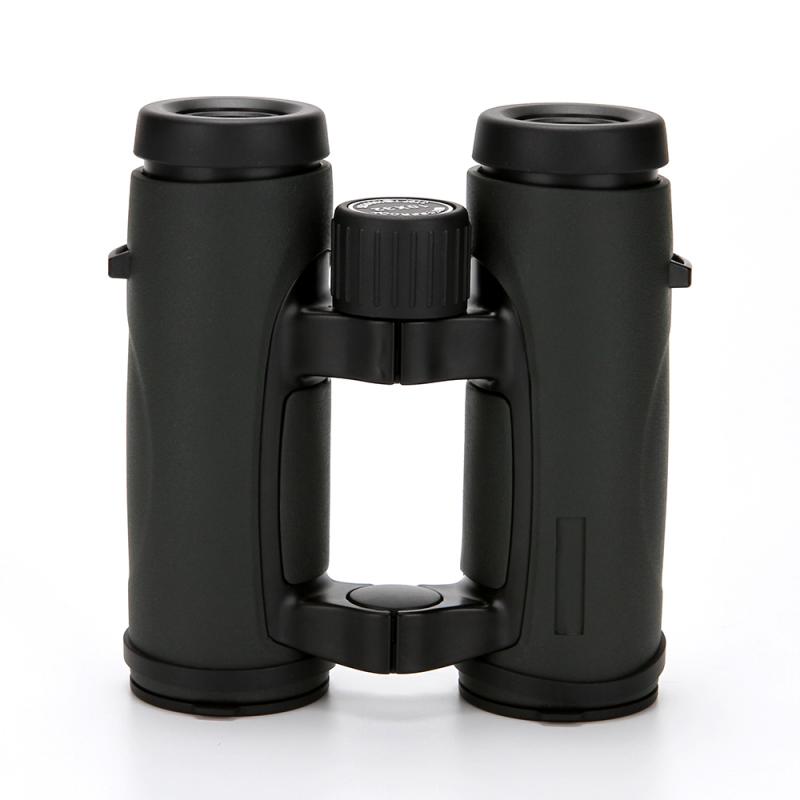
3、 Prism type
Which binoculars review should you read if you want to know about prism type? One of the most comprehensive reviews on this topic is the one published by OutdoorGearLab. In this review, the experts tested and compared 14 different binoculars with different prism types, including roof and porro prisms.
According to the review, roof prisms are generally more compact and lightweight, making them a popular choice for birdwatchers and hikers. However, they tend to be more expensive than porro prism binoculars. Porro prisms, on the other hand, are bulkier but offer better depth perception and wider field of view.
The review also highlights the importance of prism coatings, which can affect the brightness and clarity of the image. High-quality coatings, such as dielectric and phase coatings, can significantly improve the performance of the binoculars.
In terms of the latest point of view, some manufacturers have started to incorporate hybrid prism designs, which combine the benefits of both roof and porro prisms. For example, the Vortex Razor UHD binoculars feature a hybrid prism system that offers excellent image quality and a compact design.
Overall, if you're looking for binoculars with a specific prism type, it's important to consider your needs and preferences, as well as the quality of the prism coatings. Reading reviews from reputable sources, such as OutdoorGearLab, can help you make an informed decision.
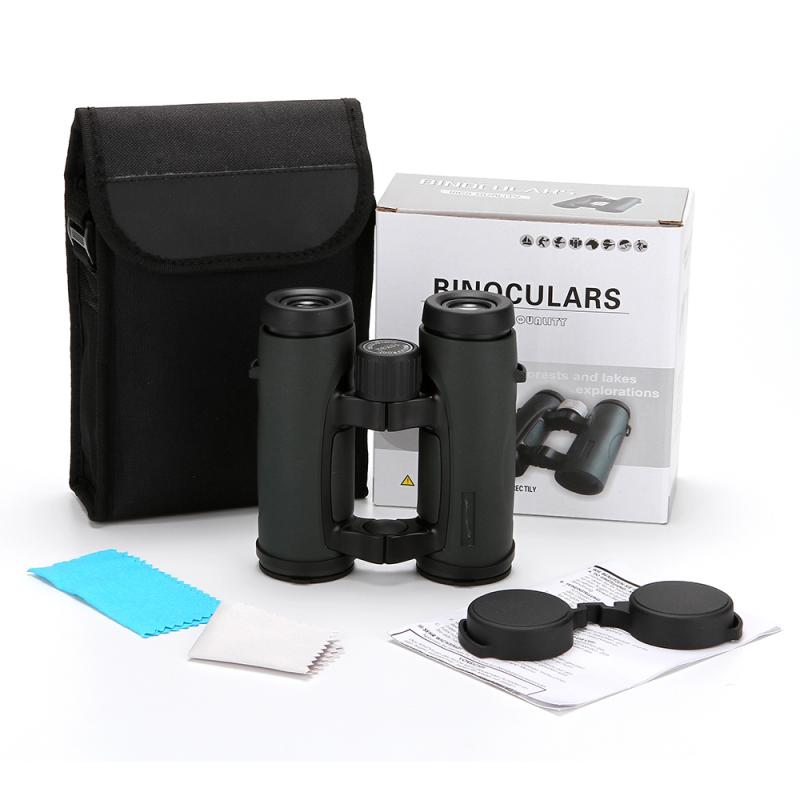
4、 Field of view
Which binoculars review has the best field of view? The answer to this question depends on the specific needs and preferences of the user. However, in general, binoculars with a wider field of view are preferred as they allow for a larger area to be observed at once, making it easier to track moving objects or scan a landscape.
One binocular that has received high praise for its field of view is the Vortex Optics Viper HD. With a field of view of 362 feet at 1000 yards, it offers a wide and clear view of the surrounding area. Additionally, its high-density extra-low dispersion glass and multi-coated lenses provide excellent image quality and clarity.
Another binocular with a wide field of view is the Swarovski Optik EL. With a field of view of 399 feet at 1000 yards, it offers an expansive view of the surrounding area. Its high-quality optics and ergonomic design make it a popular choice among birdwatchers and nature enthusiasts.
The latest point of view on field of view in binoculars is that it is an important factor to consider when choosing a pair of binoculars. A wider field of view can make it easier to observe and track moving objects, and can also provide a more immersive viewing experience. However, it is important to balance field of view with other factors such as image quality, magnification, and ergonomics to find the best binoculars for your specific needs.
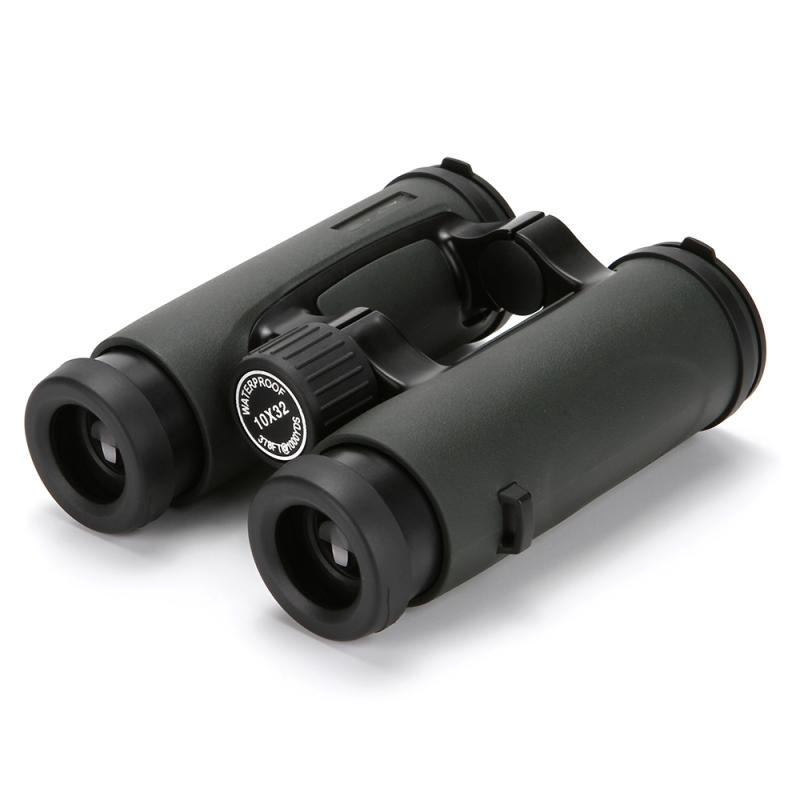













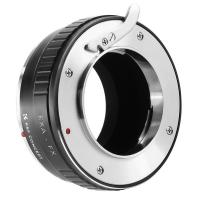


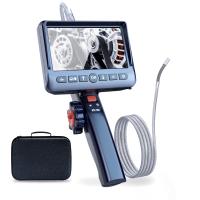


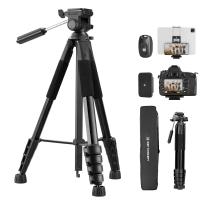
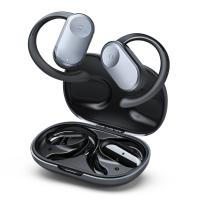
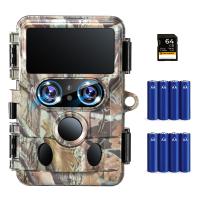
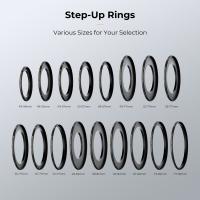

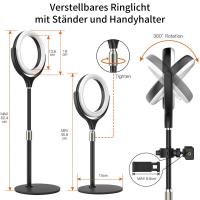
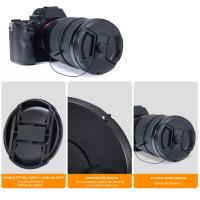
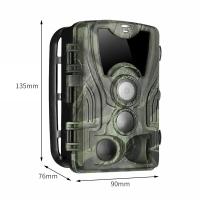

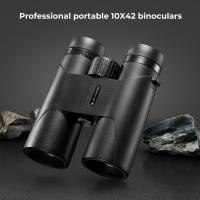

There are no comments for this blog.